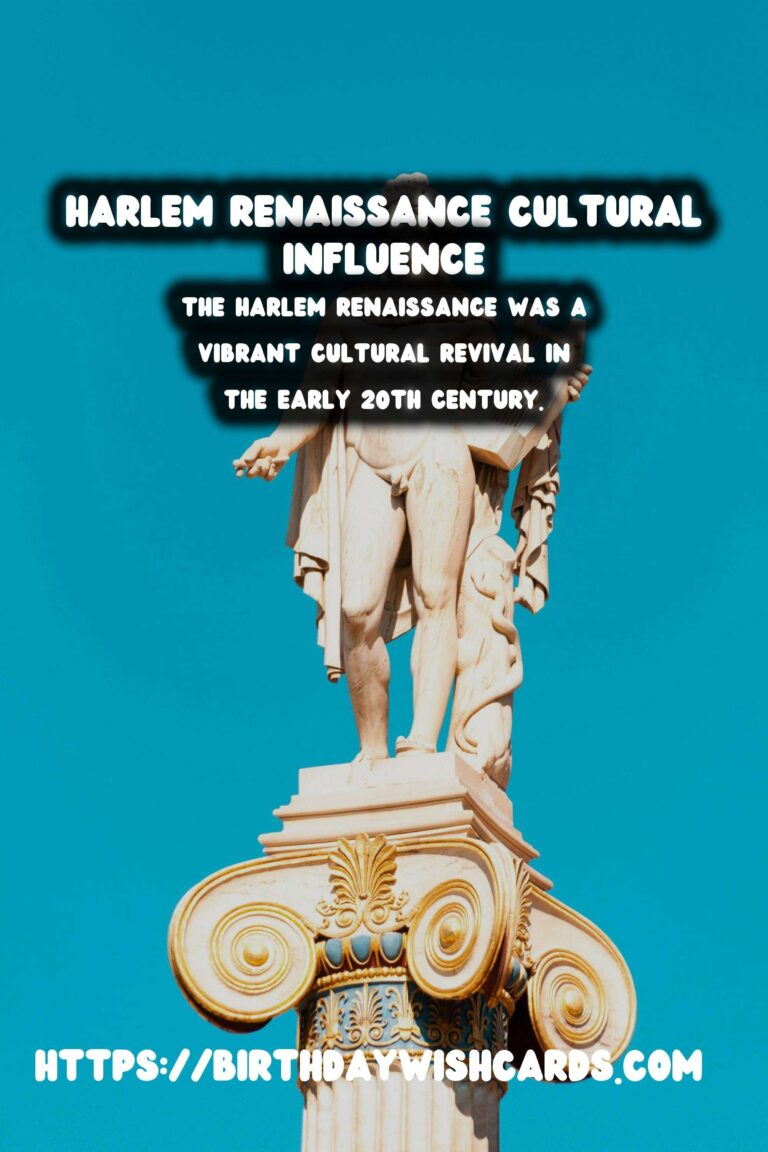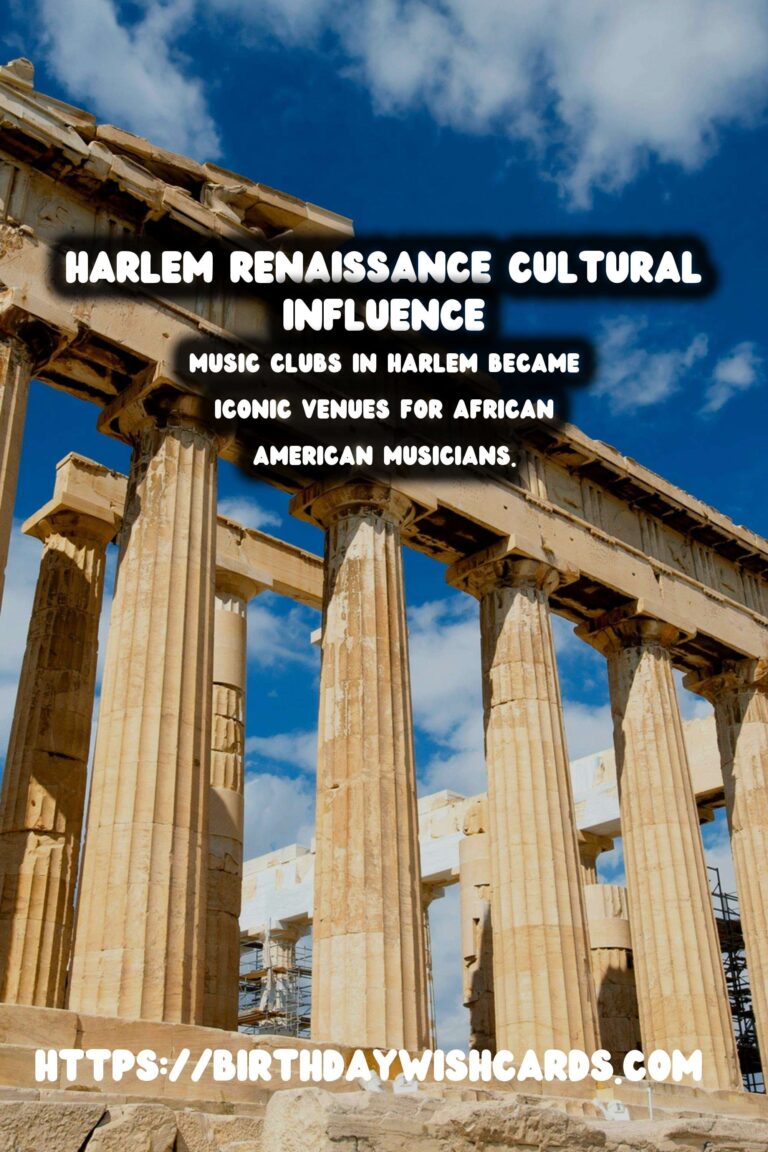
The Harlem Renaissance was a vibrant cultural revival that took place during the early 20th century, primarily in the Harlem neighborhood of New York City. This period was marked by an explosion of literary, artistic, and intellectual activity among African Americans, setting the stage for future generations and forever changing the cultural landscape of the United States.
Origins and Influences
The Harlem Renaissance emerged during a time of great social change in America, catalyzed by the Great Migration, which saw millions of African Americans relocate from rural Southern regions to urban centers in the North. Harlem became the epicenter of this cultural transformation, providing a fertile ground for the flowering of African American arts and culture.
Key influences included the Harlem neighborhood’s vibrant community spirit, the increased availability of jobs due to wartime demands, and the new, more conversational style of jazz and blues music. Remarkably, the Renaissance not only celebrated African American culture but also emphasized profound social truths and struggles through the arts.
Literature: Voices Rising
Literature played a vital role during the Harlem Renaissance, with writers expressing the depth and diversity of African American life. Langston Hughes, perhaps the most celebrated poet of the era, captured the struggles and joys of African American life with a language that was accessible and poignant. Zora Neale Hurston further enriched the literary scene with her novels and ethnographic work that depicted African American rural life in Florida.
Music: The Soul’s Expression
The sound of the Harlem Renaissance was undeniably set by jazz and blues, genres that grew roots deep within African American communities. Iconic music figures like Duke Ellington and Louis Armstrong rose to fame, captivating audiences with their innovative styles and emotional performances.
Music clubs in Harlem, such as the Cotton Club and the Savoy Ballroom, became iconic venues where African American musicians could express their art to diverse audiences, spreading the influence of jazz and blues across the country.
Visual Arts: A New Perspective
While literature and music were dominant forces, the visual arts also blossomed during this cultural renaissance. Artists like Aaron Douglas and Augusta Savage made significant contributions, using their mediums to explore themes of racial identity, heritage, and hope. Their works challenged prevailing stereotypes and contributed to a larger narrative of racial pride and cultural resilience.
Legacy and Historical Sites
Today, the legacy of the Harlem Renaissance continues to resonate, influencing art, music, literature, and activism. Several landmarks and institutions in Harlem serve as reminders of this influential period. The Apollo Theater, a historic music hall, continues to host performances, keeping the spirit of the Renaissance alive.
The Schomburg Center for Research in Black Culture stands as another monument to the era, housing an invaluable collection of books, papers, and artifacts that chronicle African American cultural history.
Conclusion
The Harlem Renaissance was not merely a moment in time but a movement whose echoes are still heard today. It reshaped the perception of African American culture and laid the groundwork for future civil rights advancements. By celebrating the richness and diversity of their heritage, the artists and thinkers of the Harlem Renaissance indelibly stamped their influence on the world, creating a vibrant cultural legacy that endures.
The Harlem Renaissance was a vibrant cultural revival in the early 20th century. Music clubs in Harlem became iconic venues for African American musicians.
#HarlemRenaissance #CulturalLegacy

